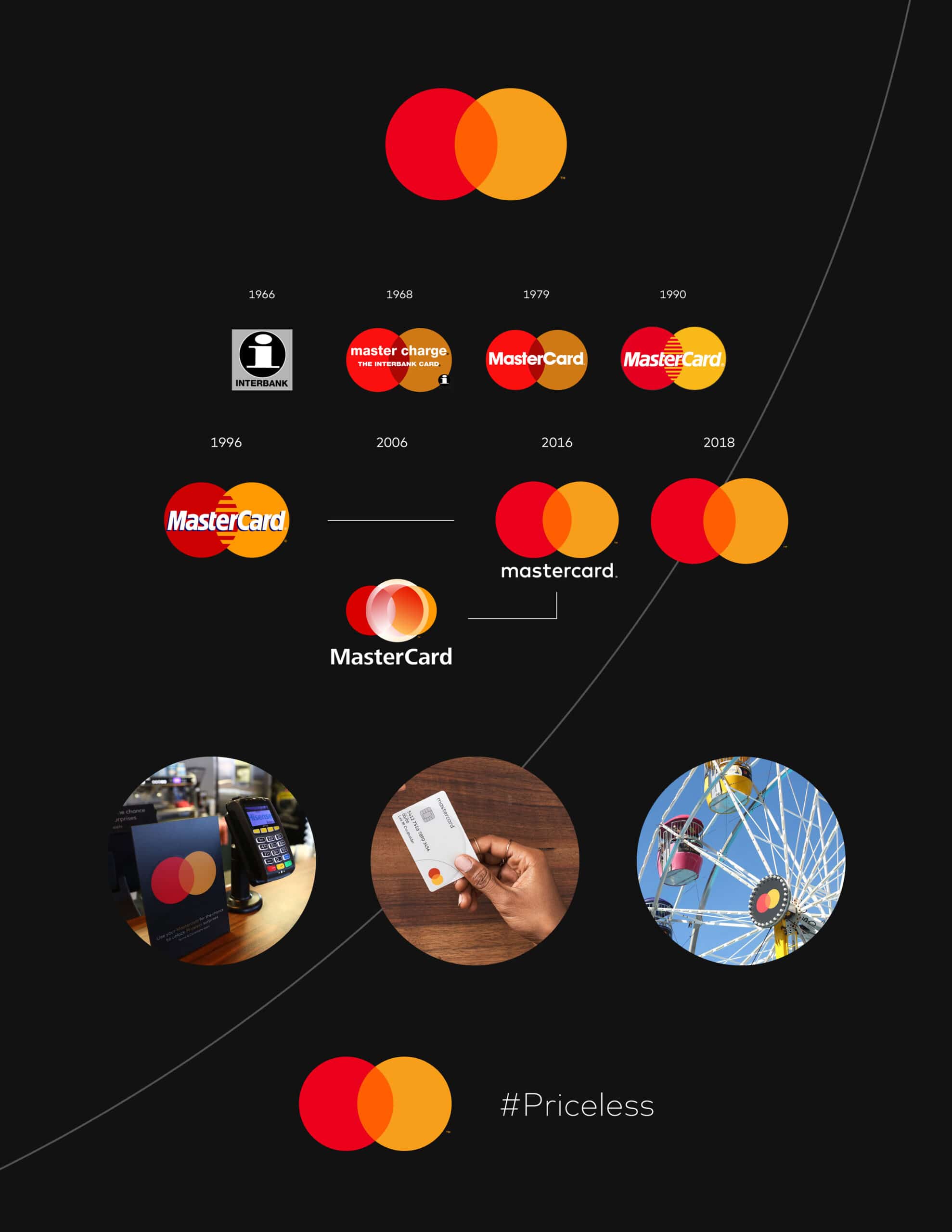There are a million things to think about when you embark on a rebrand. You need to make sure you’re doing it for the right reason, you need to have the right team, and above all, you need buy-in from everybody. (See our total guide to complete a rebrand to make sure you’ve done things correctly at each stage.)
You may have the best branding ever, but if it isn’t implemented well or properly rolled out, it won’t make the impact you want it to. Thus, it’s important to make a rebrand plan—before you launch. Luckily, there are several things you can do to make your rebrand rollout less stressful.

5 Tips to Help You Launch Your Rebrand
From visual assets to briefing your team, here’s how to deploy a rebrand and set yourself up for long-term success.
1) Prep from the beginning.
As they say, “If you fail to prepare, you prepare to fail.” One of the best ways to make your rebrand go smoothly (and save everyone’s sanity) is to anticipate, prepare, and spot pitfalls as much as possible. Part of this includes planning for your rollout ahead of time.
Who will need to be notified? Who will prep assets? When will you launch? Who will need to prepare announcements? Who should answer press questions? Create timelines and checklists, assign point people, and try to equip every department with the tools and info they need. That way you can ensure everyone is hitting deadlines—and, even better, spot opportunities to use resources more effectively.
2) Prepare touchpoints.
You don’t want to launch your website with a fresh new logo, then hand out business cards with the old one. Once you launch your rebrand, it should be effective immediately, with any and all required assets boasting the new branding.
If you’re in limbo, it has negative effects on both the external perception of your brand and internal participation because:
- Visual inconsistency reduces the impact of the big rebrand reveal.
- It’s confusing for your team, making it harder for them to follow/enforce new branding guidelines.
To make sure nothing falls through the cracks, here’s a handy checklist of items that may need to be updated:
- Administration
- Email addresses
- Email signatures
- Business cards
- Internal documents (employee handbook, financial documents)
- External documents (sales materials, presentations)
- Financial materials (e.g., invoices)
- Trademarks
- Signage
- Ad words
- Update third-party directories
- Web
- Domain names
- Redirects
- Meta data
- Site titles
- Tags
- Logos
- Favicons
- SEO/keywords
- Marketing
- Brand style guide
- Media kit
- Brand asset library
- Content guidelines
- Newsletter templates
- Promotional materials
- Social
- Handles
- Profile pics
- Bios
- Hashtags
- Distribution plan
- Brief stakeholders
- Brief internal team
- Prepare teasers and public announcements
Some brands may not be ready to flip everything overnight for one reason or another. Even if you have to rebrand in phases, make it very clear what changes are happening when—and what the expectations are going forward. Also, major items, such as signage, website, and other definitive brand assets, should be prioritized.
3) Have your style guide ready.
People will always resist change, so make it as easy as possible for your team to understand and implement your new brand guidelines. A brand style guide is crucial here. Make sure yours is easy to navigate, includes plenty of real-world examples, and is as comprehensive as possible. (Here’s how to assemble a style guide your whole team can use.)
Your team should also know who to contact if they have questions about usage, and make sure the brand style guide lives in an easily accessible place, whether it’s distributed in print or online. Along with the brand style guide, all assets should be easily available, including things like logos, color palettes, fonts, etc.
4) Launch your rebrand internally first.
An internal launch can be considered a soft launch. It’s the best way to get everyone on board, work out any kinks, and bring the whole team into the brand story so that they can best represent the brand. A few ways to do that:
- Launch 4-6 weeks before the public launch.
- Explain not just what you’ve done but why you rebranded at all. Talk about the problems you were trying to solve, the strategic thinking behind your creative decisions, etc.
- Consider throwing a special unveiling event.
- Have the creative team walk people through the brand story, from inception to final execution. (A good rebrand is a good story; if you don’t have that, that might be a red flag.)
- Encourage feedback and questions, and designate point people to field these.
- Put the brand in their hands (fun swag, games, quizzes, or brand color-themed parties can generate a lot of excitement).
- Coordinate across departments if you are deploying in multiple offices across the country or world, along with any remote employees.
- Identify where brand style guide and assets live.
Most importantly, make sure everyone knows who they can go to for questions, approvals, etc. going forward.
5) Make your external launch an exciting event.
Once the big day comes, there’s no going back. So make sure your team is ready and confident to unveil the new branding.
1) Prep your press announcements, blogs, marketing newsletters, videos, etc. Note: If you’re an international brand, you might need content translated.
Example: QVC created a demo video showing off their new branding.
2) Create promo assets for every platform (think videos, infographics, Instagram, etc.). Also have assets on hand for easy sharing with press, partners, etc. Make sure everything is high-res and sized correctly.
Example: To announce that they were dropping their name from their logo, Mastercard created this infographic detailing the evolution of their infographic.

3) Know your brand story. How does the new branding reflect the brand’s journey? Why is that interesting to the outside world? You can walk people through the story like Uber (their design team created an in-depth case study) or take a casual approach (like Slack’s new logo announcement).
Example: This super creative Zendesk rebrand video is a brilliant (and on-brand) behind-the-scenes look at their rebrand.
Remember: Your Brand Wasn’t Built Overnight
A rebrand is an exciting endeavor, but it’s not the end of your brand story. Preserving your brand integrity is crucial to help your brand penetrate the consciousness and have true staying power, and that requires diligent work.
Post rebrand, it’s your content that plays a huge role in telling your brand story, so make sure your team is empowered to do it well and consistently. A few tips and resources to help:
- Find out how to build the right content team (even if you’re a small department).
- Learn how to craft a content strategy to help you tell the right stories.
- Optimize your content creation process so you can work more efficiently.
- Work smarter, not harder with these 100+ tools to create quality content.
- Show people who you are by turning your culture into interesting content.
- Think of unique ways to tell your brand story.
- Experiment with different mediums, whether it’s infographics, videos, or interactives.
- Track the right metrics for your buyer’s journey to figure out if what you’re doing is working.
And if you’re struggling to create high-quality content at scale, don’t feel bad about calling in re-enforcements. Try these tips to vet a content agency, and let us know if you ever want to talk shop.






Good article and you can’t read up enough when it comes to your business – nobody is immune to difficulties in business. I usually provide rebranding / photography and web design so I agree with your points here. https://pixelprometheus.co.uk
Thx for this, its a great guide 🙏
Hope it helps 🙂